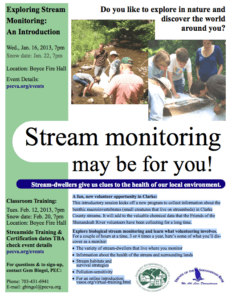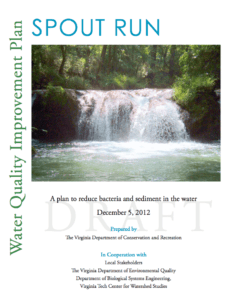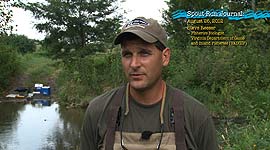
Exploring Stream Monitoring: An Introduction
Location: Boyce Fire Hall
Wed., Jan. 16, 2013, 7 pm (Snow date: Jan. 22, 7 pm)
A fun, new volunteer opportunity in Clarke:
This introductory session kicks off a new program to collect information about the benthic macroinvertebrates (small creatures that live on streambeds) in Clarke County streams. It will add to the valuable chemical data that the Friends of the Shenandoah River volunteers have been collecting for a long time.
Explore biological stream monitoring and learn what volunteering involves.
For a couple of hours at a time, 3 or 4 times a year, here’s some of what you’ll dis- cover as a monitor:
- The variety of stream-dwellers that live where you monitor
- Information about the health of the stream and surrounding lands
- Stream habitats and survival strategies
- Pollution-sensitivity
- For an online introduction: vasos.org/virtual-training.html




